Laying porcelain tiles will require cutting them to size, for example with a circular saw or angle grinder. What type of blade will be the best choice if you want to make sure the tiles do not get damaged and are properly cut? Read our guide to find out, in which we discuss the different methods for cutting porcelain tiles.
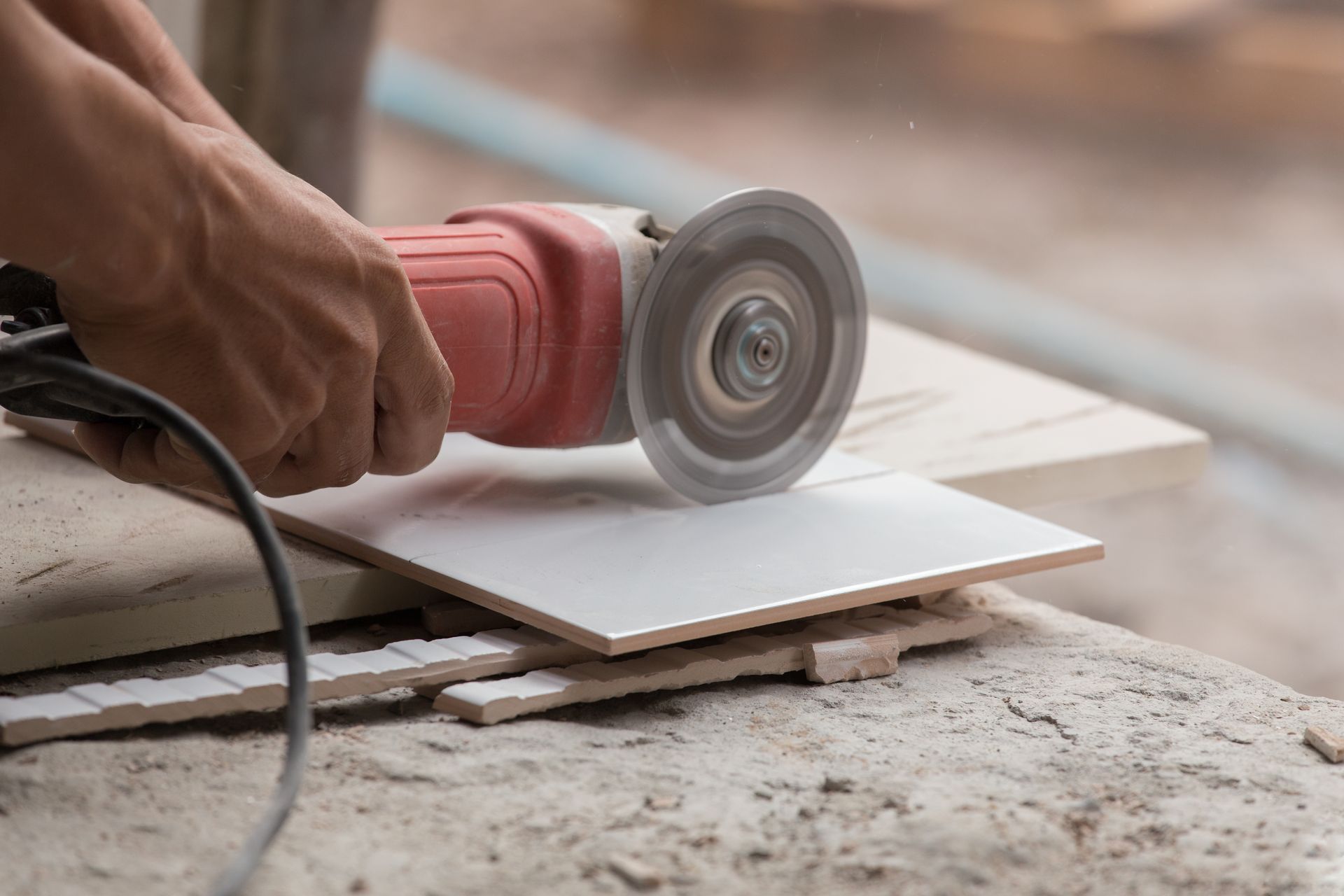
Laying porcelain tiles will require cutting them to size, for example with a circular saw or angle grinder. What type of blade will be the best choice if you want to make sure the tiles do not get damaged and are properly cut? Read our guide to find out, in which we discuss the different methods for cutting porcelain tiles.
Blades for cutting porcelain tiles
The best option for cutting porcelain tiles are diamond blades. They are made of steel with a diamond coating, making them very tough, durable and perfect for precise cutting. Blades for cutting porcelain tiles can also be used with other materials, such as concrete, granite or wall panels.
However, before you start using one, you should know which type will be best in your case. There are two main types to choose from. The first are segmented blades, which teeth are fixed in segments, with slots that make the process of cutting porcelain tiles much more stable, which also reduces the temperature generated during the use of a diamond blade.
The second type are continuous diamond blades. Instead of segments, they have a continuous diamond layer covering the rim, making them perfect for cutting hard materials such as porcelain or ceramic tiles. An advantage is that they also make it very difficult to accidentally damage the surface of the cut material.
Cutting porcelain tiles
Porcelain tiles are very hard, so special blades are needed for cutting them. These are diamond blades, as you already know. They work well both when cutting and grinding porcelain tiles. However, bear in mind that for grinding you should use blades that are at least twice as thick as those for cutting, which are usually a maximum of 3 mm. Grinding blades should therefore be at least 6 mm thick, otherwise they could get damaged.
In addition to blades, you will also need appropriate equipment, such as circular saws, tile cutters or angle grinders. However, you should bear in mind that cutting porcelain with an angle grinder can be quite tricky. As it is a handheld device, it should be used very precisely in order not to damage the tiles. A slight twitch is enough to damage the edges of the cut material.
Different methods of cutting porcelain tiles
In addition to the previously mentioned division of porcelain tile cutting blades, there is also another categorization. Some blades are only intended for dry use, while others are intended for wet cutting. It is good to know these methods, especially if you are wondering which porcelain tile cutting blade to choose.
Wet cutting
So let’s start off by taking a look at wet cutting. This method requires the blade to be cooled with water, so you will not have to worry about the high temperatures generated during the friction of the blade against the cut material. As a result, with wet cutting you can work continuously without having to take a break for the equipment to cool down. Water cooling also means that wet blades will last much longer.
Dry cutting
What kind of blade will you need for dry cutting? In this case it will need to be very durable. However, even the highest quality blades cannot be used continuously without cooling, so it is recommended that you take a break from cutting porcelain tiles every 2 minutes. You can then return to cutting only after the blade has completely cooled down, to avoid damaging the equipment.
Cutting at angles
In addition to the two methods previously mentioned, you might also come across the challenge of chamfering porcelain tiles, i.e. cutting their edges at an angle of 45 degrees. This is very important when laying tiles on corners. Chamfering will let you perfectly match the corner tiles to each other, and can be done using an angle grinder.
The question remains – which blade will be best for cutting porcelain tiles at an angle? Note that in this case you will need a continuous blade, which should also have additional stiffening. This significantly reduces the risk of damaging the tiles. If in doubt it is, best to ask the seller if a particular model will be suitable in this case, as chamfering tiles with a hand-held angle grinder requires a lot of precision and care. Professional contractors providing renovation services use special machines for this purpose, equipped with interchangeable blades ensuring precise cutting at an angle of 45 degrees.
Which diamond blade is best for cutting porcelain tiles?
In addition to the previously mentioned criteria for choosing the best diamond blade for cutting porcelain tiles, you should also look at the technical specifications of the device the blade will be used with. There are many blades on the market with different specifications, which is something you should definitely check before buying one.
One aspect to check is the cutting speed. Blades intended for porcelain tiles and other hard materials should not exceed a cutting speed in the range of 30 – 39 m/s. This is very important to avoid damage to the blade during use. Ones with cutting speeds of over 40 m/s are suitable for soft materials such as wood or limestone.
The second very important aspect of such diamond blades is their size, i.e. their diameter. This value is crucial with regard to the device which you will be using to cut the tiles. There are various sizes available on the market. The smallest blades have a diameter of 40 mm, while the largest can even be as big as 900 mm. As a general rule, the larger the blade the larger the material you will be able to process. Blades with a larger diameter can also be used in more powerful tools.
Another parameter to remember is the diameter of the mounting flange. The most common are discs with a mounting hole diameter of 22.2 mm, although some models have larger holes. So if you want to find out which blade will be suitable in your case, check the size of the mounting flange of the device you will be using.
Which kind of blade is best for cutting porcelain tiles – summary
Before setting about cutting porcelain tiles, you should first of all think about the equipment you will be using. If you will be using an angle grinder, cutter or circular saw, then make sure you choose an appropriate blade for the job. There are many types to choose from, intended for various material, with different specifications or design.
You will need a different blade for grinding than for cutting. The cutting itself can also be done using various methods, and choosing the wrong cutting blade could end up damaging both the blade and the tiles themselves. The same applies to choosing a blade with the wrong specifications. Therefore, if in doubt, always seek the professional advice of the seller or manufacturer.

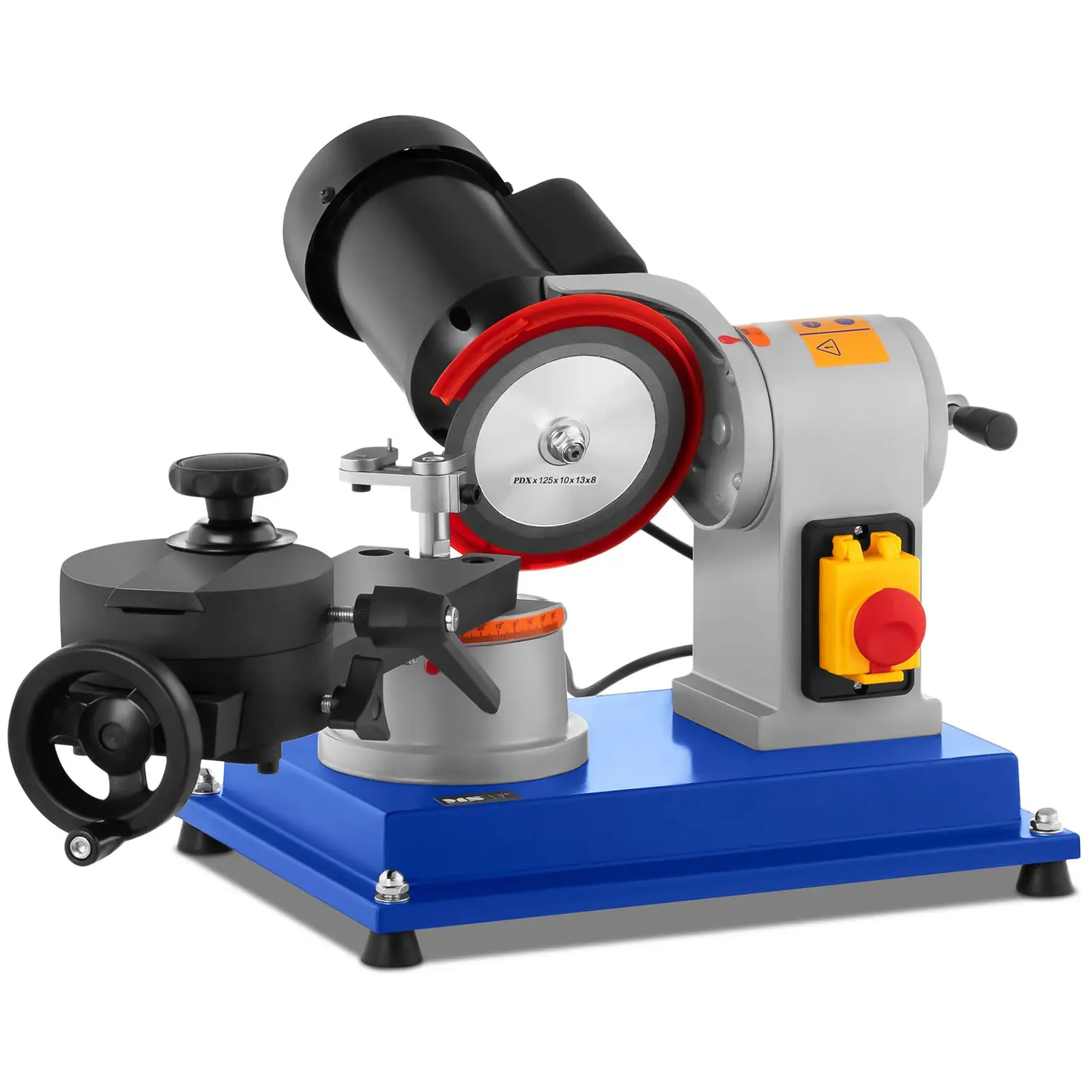

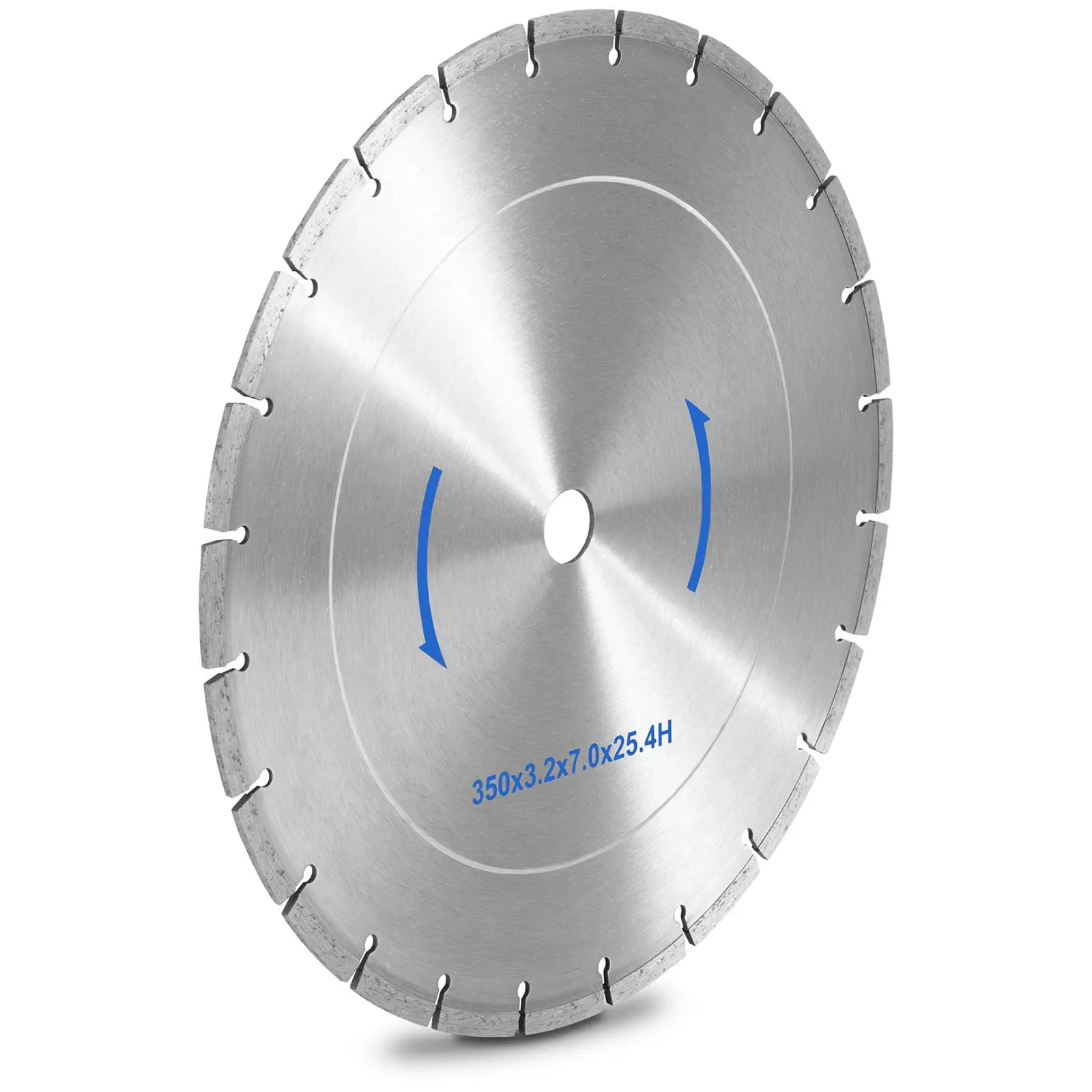
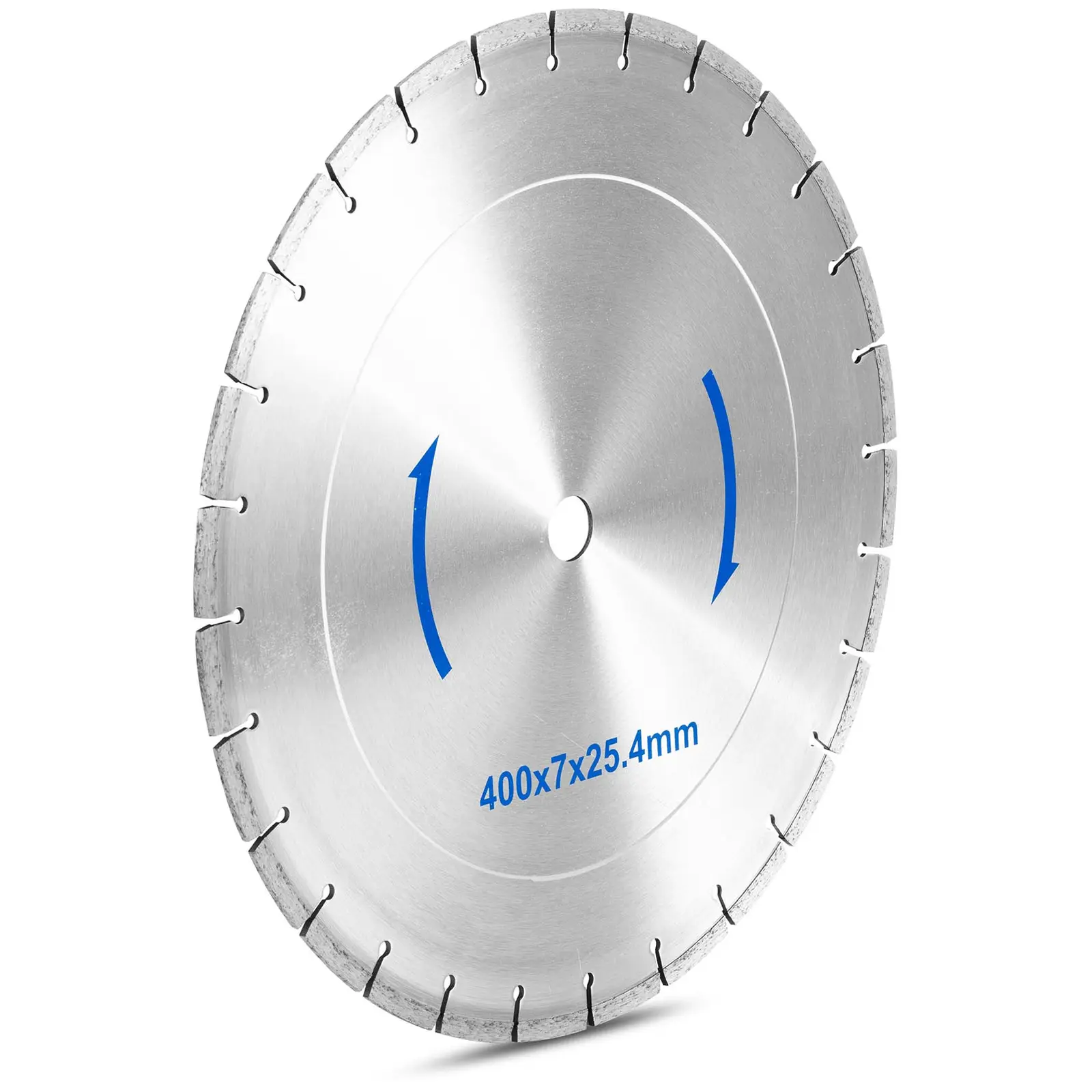
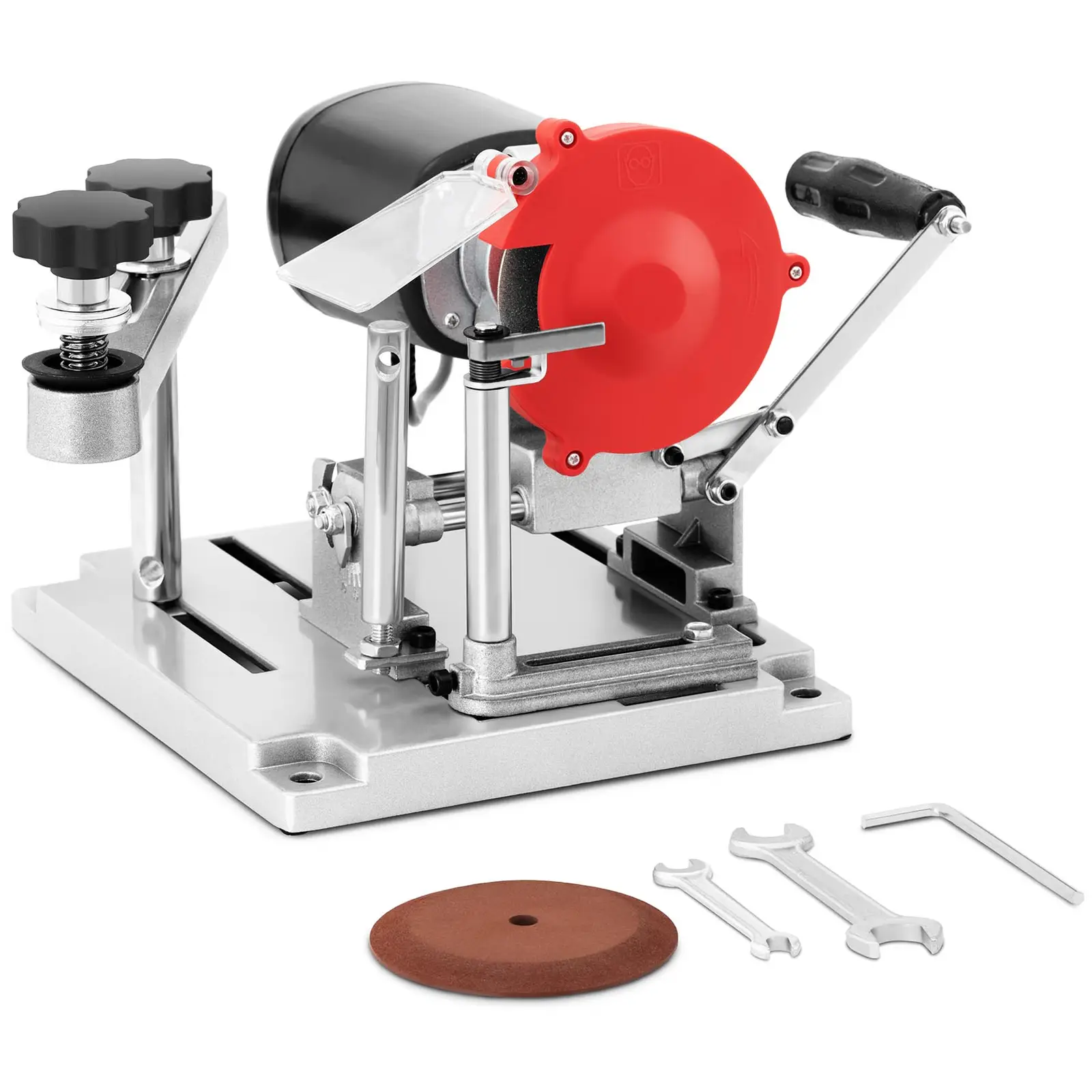
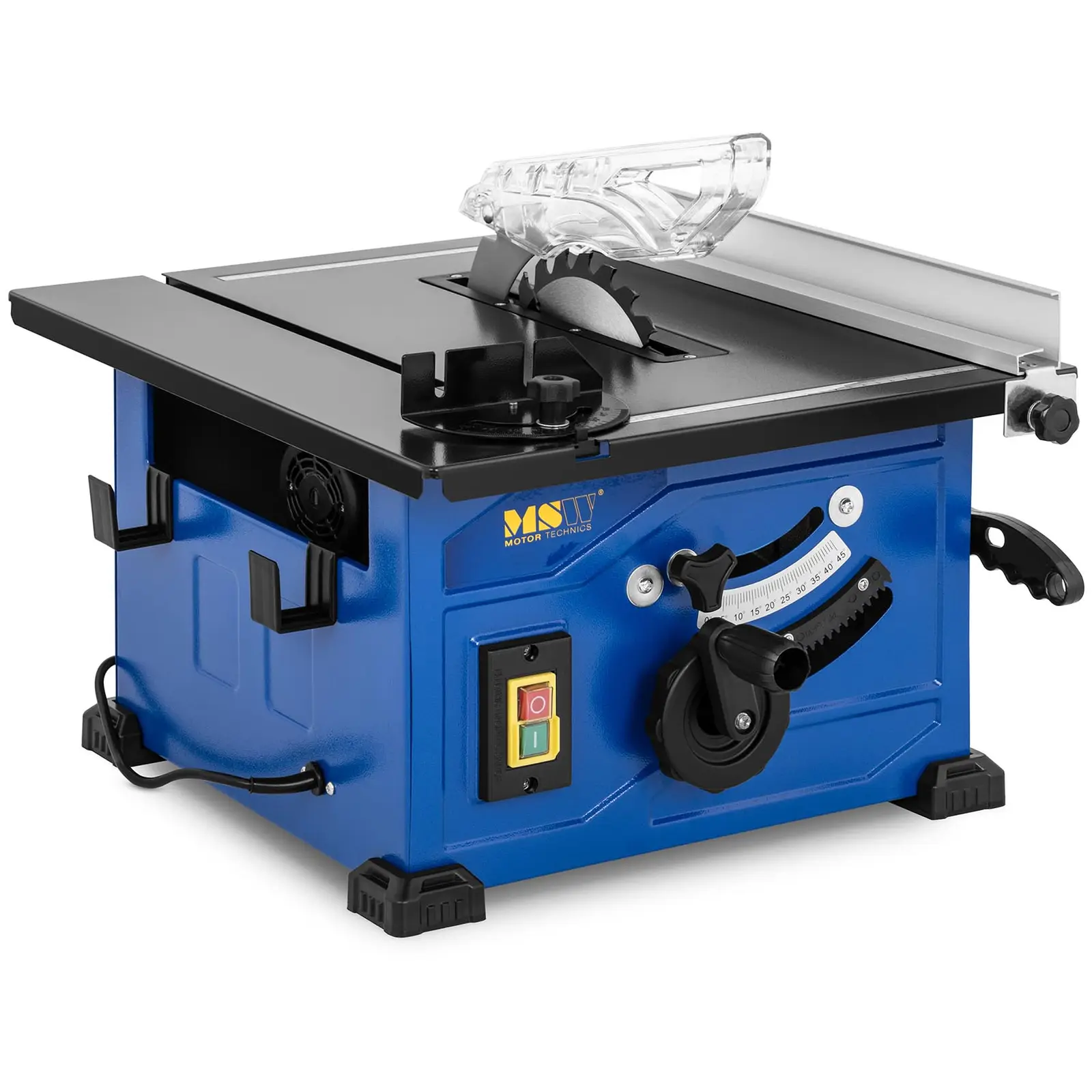
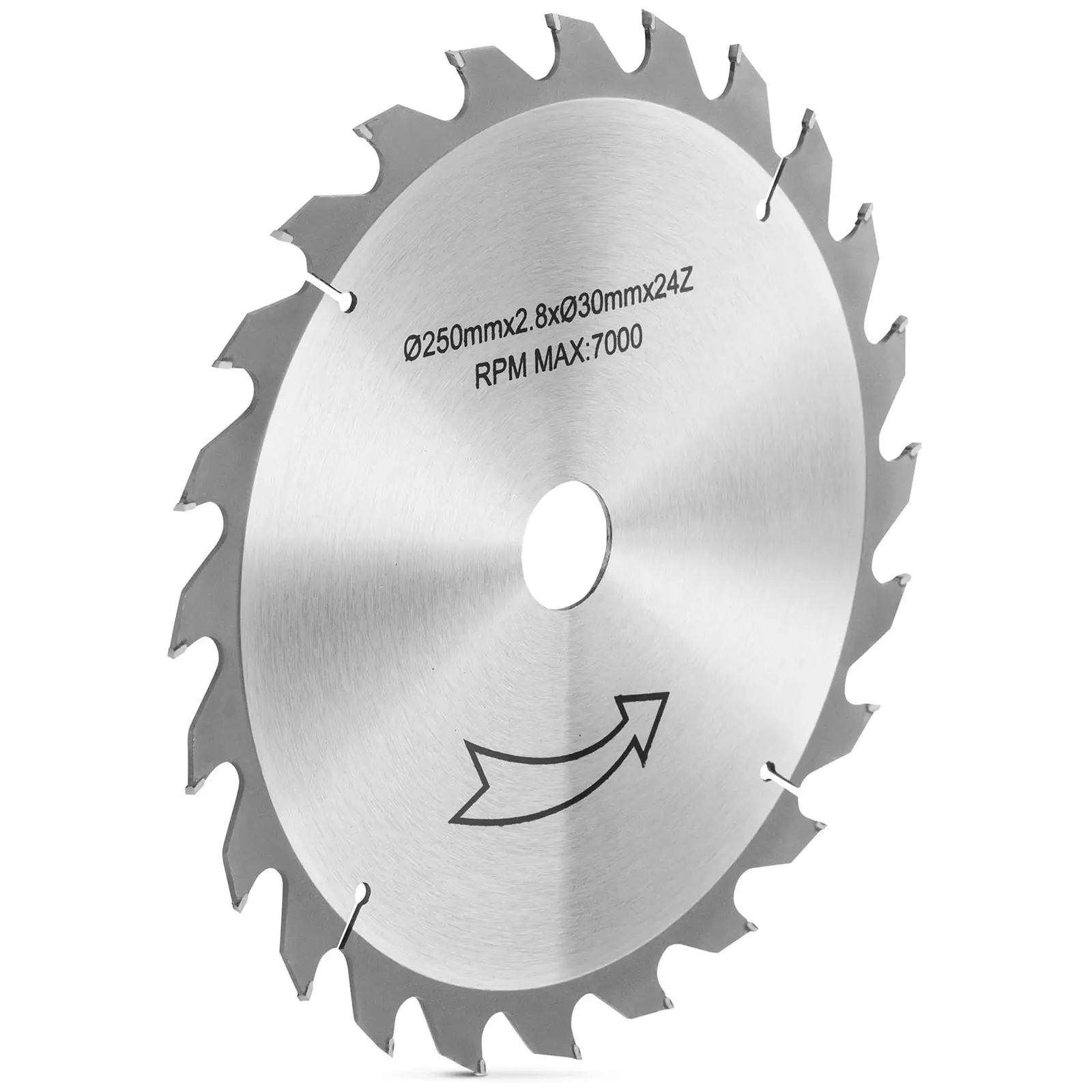





Share